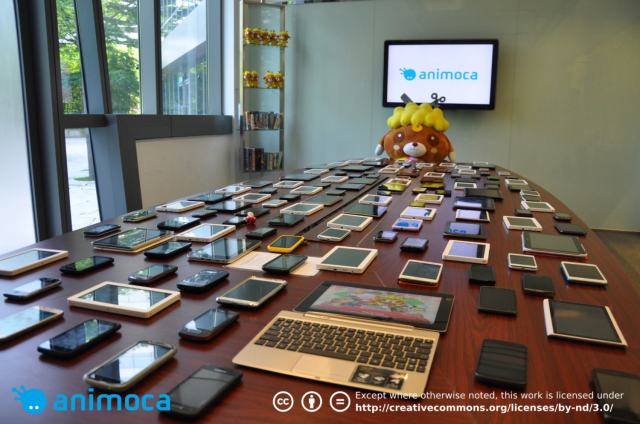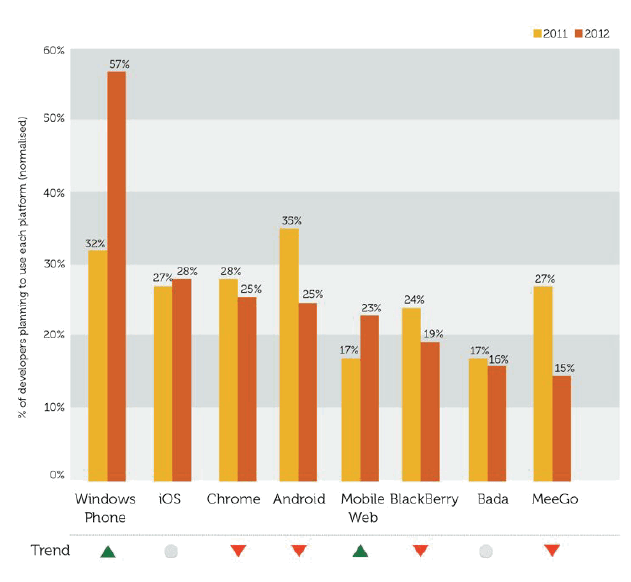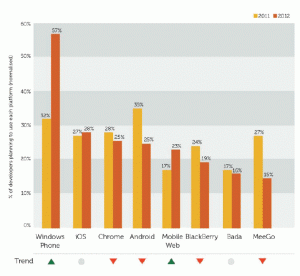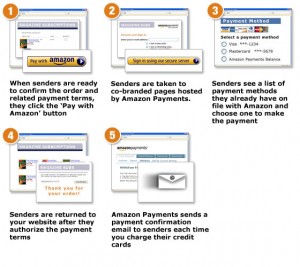We are thrilled to be hosting our first Carnival of the Mobilists, which we shamelessly take as a hallmark of the quality of our writings :). We have come across several good stories this week to share with the mobile community.
Device fragmentation, testing and lessons from LiMo
Jonathan Kohl writes about what a mobile developer needs to do when setting out to test devices (did not know you needed real devices to test on? Oh yeah, you better believe it). He goes as far as giving advice as to how go about buying devices. We’ve talked about this issue here at CodeNgo before, and find that game developer Animoca’s Android collection is worth reprinting:
An image like this is enough to scare anyone from becoming a mobile apps developer. Luckily there are a number of alternatives to spending on devices, with services such as DeviceAnywhere and Mob4Hire and the likes. A close cousin to testing is of course analytics within your app, which is what we wrote about at CodeNgo this week. Google is about to release some really cool tools that could help developers learn more about user behavior. Jonathan has been busy and also posted on what makes good design for mobility. And as if testing on iOS and Android is not enough, Martin Yagi looks at why Linux Mobile (LiMo) failed (imagine what the table above would have looked like if they didn’t), pointing to that the largest failure was that the platform was never complete and kept changing significantly from one release to the next. Of course, not too many people will recall a cool LiMo handset or a cool LiMo app – unless you were involved with it, so Martin’s rundown could be valuable lessons for Tizen and others attempting to bring up a viable challenger to the big two.
Payments and local
We admit it – we’ve used Foursquare out of pure narcissistic pleasure. Nothing like being the mayor of a local coffee shop. But eventually it wears off (it did for us at least) – and then what? Steve Smith points out in the Mobile Insider that the SoLoMo (Social Local Mobile) services need to start becoming better to keep our interest. Check-ins are boring, but perhaps nice travel pictures are not? The point he is making is valid, but the challenge of making it relevant to an individual is certainly formidable.
Another related local cousin is the mobile wallet, which is easily expected to be the center point for bombarding you with local offers, loyalty cards and more. There are a number of players in this field, like Google and Apple, Credit Card Networks like Visa and Mastercard, Mobile Operators, start-ups and more. On the site Optism, Anthony Belpaire argues that mobile operators may not want to work with Google on this, as they will lose valuable consumer insights by not doing it themselves. Of course, that argument has been made in content, mobile marketing and many other areas, and the question remains on who the best one will be to create a mobile wallets and what that entails. Analyst houses like Telco 2.0 have identified that mobile operators need to do something to offset the revenue losses from voice, as data is not picking up the slack.
And lastly… the Boomers – the ignored generation?
In reading our favorite article for this COM, we must admit, we had not heard of the Silicon Valley Boomer Venture Summit. But it is clear from the article by Suzie Mitchell that Boomers (those born from 1946-64) are an attractive segment to create products and services for, yet is somewhat under served in the mobile services market. The article dis-spells the myth that this generation is not among the early adopters, and offers some good advice on how to cater to this purchasing empowered segment. Some of the advice comes down to basic usability (simple design, larger fonts) – and can easily be applied to any generation if you ask us. The article has lots of interesting stats, so do give it a read.
That wraps up our review and we look forward to reading next week’s Carnival of the Mobilists!










